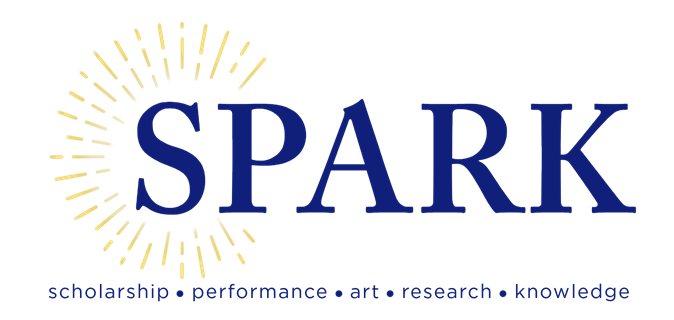
[Archive] Belmont University Research Symposium (BURS)
Polystyrene Microsphere Self-Assembly on Hydrophilic Glass via Dip-Drawing
Publication Date
Spring 2024
College
Sciences and Mathematics, College of
Department
Chemistry and Physics, Department of
BURS Faculty Advisor
Dr. Davon Ferrara
Presentation Type
Oral Presentation
Abstract
Optical metamaterials are nanocomposite materials that are engineered to have
interactions with light in a manner not inherent to each of its components. They have extensive
applications in medical, computational, and renewable energy technology. The fabrication of
nanocomposites suitable for metamaterials, yet scalable and affordable for industrial production,
is a challenge. This research attempts to begin developing a methodology to create high quality
nanocomposites without the use of specialized equipment like spin coaters or chemical
deposition apparatus. Chemical and physical techniques using solutions rather than lithography
are desirable. One line of methodology that has shown success is the self-assembly of nano-and
microparticulates on a substrate. Although simple in principle, implementing these techniques is
difficult in practice due to their sensitivity to both environmental and laboratory conditions. In
this work, we report on an initial attempt to implement a self-assembly procedure for depositing
monolayers of polystyrene microspheres on a glass substrate. The developed procedure consists
of conducting a surface treatment on a glass substrate and utilizing a deposition method which
deposits the microspheres from an aqueous solution. Soda-lime glass microscope slides were
made hydrophilic via submersion in 6 molar sodium hydroxide for multiple hours followed by
exposure to open flame for roughly 10 seconds. These methods combined yielded contact angles
around 5 degrees. PS micro-spheres of 15 microns in radius were applied to the surface of these
substrates via dip drawing, which involves submerging the substrate in a solution containing the
microsphere and slowly pulling the substrate out. Initial results indicate that this methodology
can potentially produce ordered monolayers with further refinement and could potentially be
applied to smaller particles as well.
Recommended Citation
Burrell, Curtis and Ferrara, Dr. Davon, "Polystyrene Microsphere Self-Assembly on Hydrophilic Glass via Dip-Drawing" (2024). [Archive] Belmont University Research Symposium (BURS). 416.
https://repository.belmont.edu/burs/416


